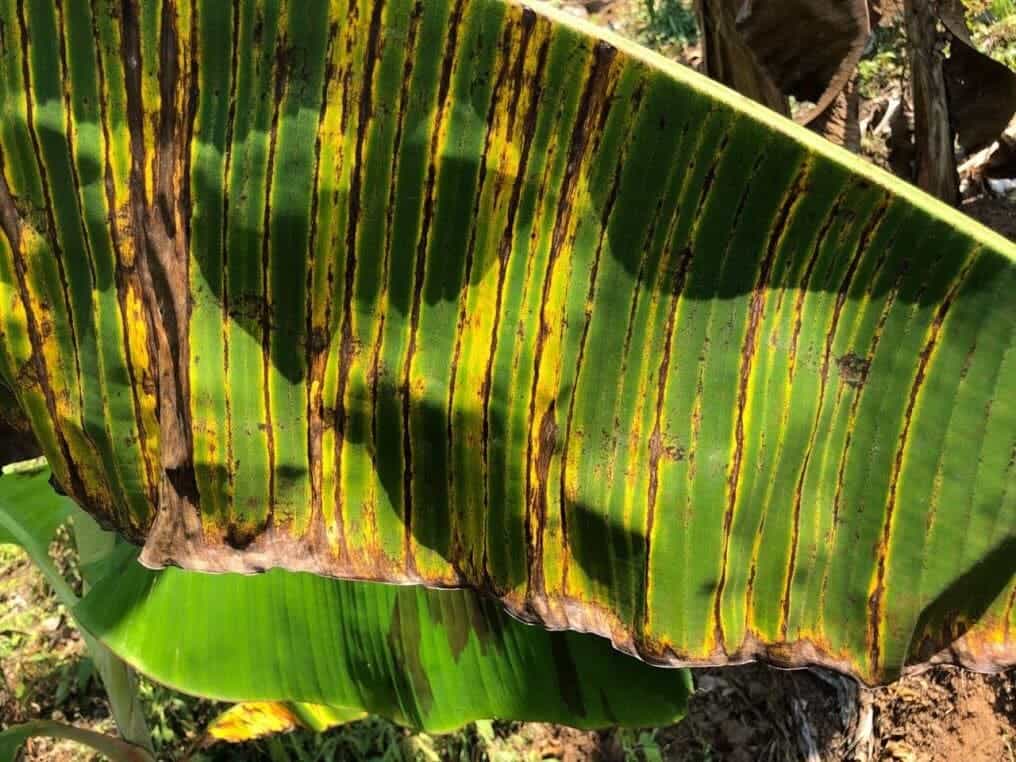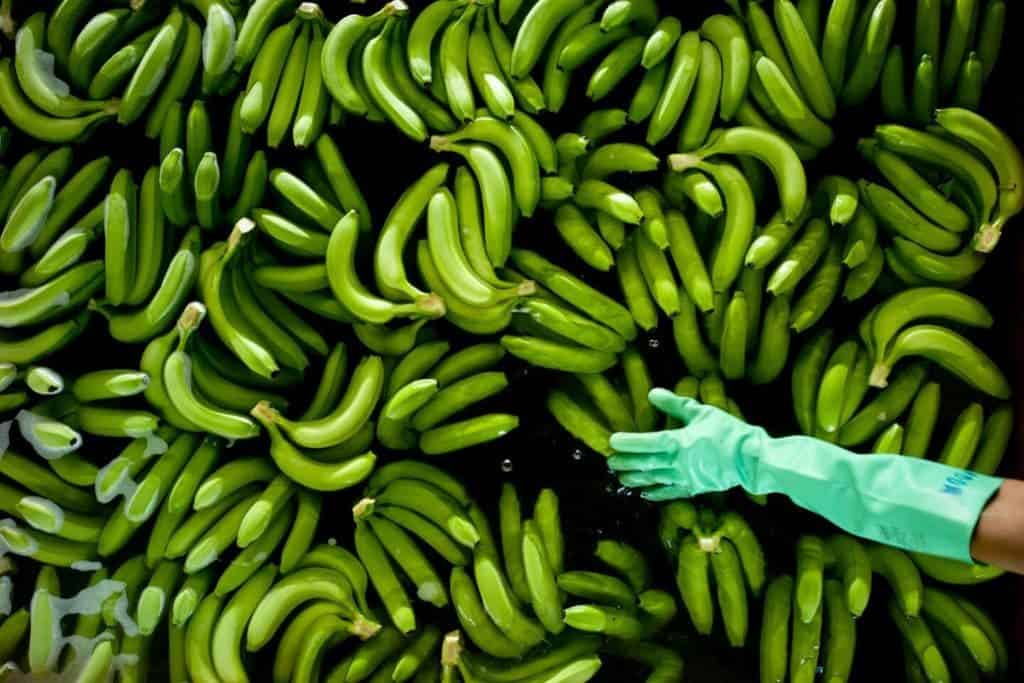It’s getting worse: climate change is now taking our bananas.

You might not be aware, but bananas are currently going through a serious crisis — and it’s not even the first time. During the 1950s, an outbreak of a fungal disease called Panama disease essentially wiped out the commercial Gros Michel banana production, which at the time, was the dominant cultivar of bananas. This caused enormous problems for growers, forcing them to switch to different types of bananas which were more resistant to the disease, but less tasty or with lesser yields. Yes, the bananas we eat now are less tasty than the ones from the 50s — your grandpa was right about that one.
Currently, the most common banana variety is the Cavendish banana, but it is now also being threatened by several fungal diseases. Black Sigatoka disease, which emerged from Asia in the late 20th century and has recently completed its invasion of banana-growing areas in Latin America and the Caribbean, is one of them. Now, in a new study, researchers find that changing environmental conditions caused by climate change are favoring the development and spread of this disease. Since the 1960s, rising temperatures and moisture levels have increased the risk of Black Sigatoka by more than 44%.
“Black Sigatoka is caused by a fungus (Pseudocercospora fijiensis) whose lifecycle is strongly determined by weather and microclimate,” said Dr. Daniel Bebber, of the University of Exeter. Not all areas are equally exposed, he continues.
“This research shows that climate change has made temperatures better for spore germination and growth, and made crop canopies wetter, raising the risk of Black Sigatoka infection in many banana-growing areas of Latin America. Despite the overall rise in the risk of Black Sigatoka in the areas we examined, drier conditions in some parts of Mexico and Central America have reduced infection risk,” he added.

The fungus spreads through aerial spores, infecting bananas and destroying up to 80% of infected fruit. The disease is now encountered as north as Florida and is essentially ubiquitous in all areas where bananas are cultivated massively. Treatments exist, but they are expensive and not always effective. Realistically, most small producers can barely afford to use fungicides.
The worldwide spread of the disease has been rapid, and since bananas are the fourth most cultivated crop in the world and constitute a significant portion of many populations’ caloric intake, this is a serious concern. The study did not assess how climate change will affect bananas in the future, but it’s quite possible that soon enough, we may need to find ourselves another banana cultivar.
The study was published in the Philosophical Transactions of the Royal Society B(2019). DOI: 10.1098/rstb.2018.0269


